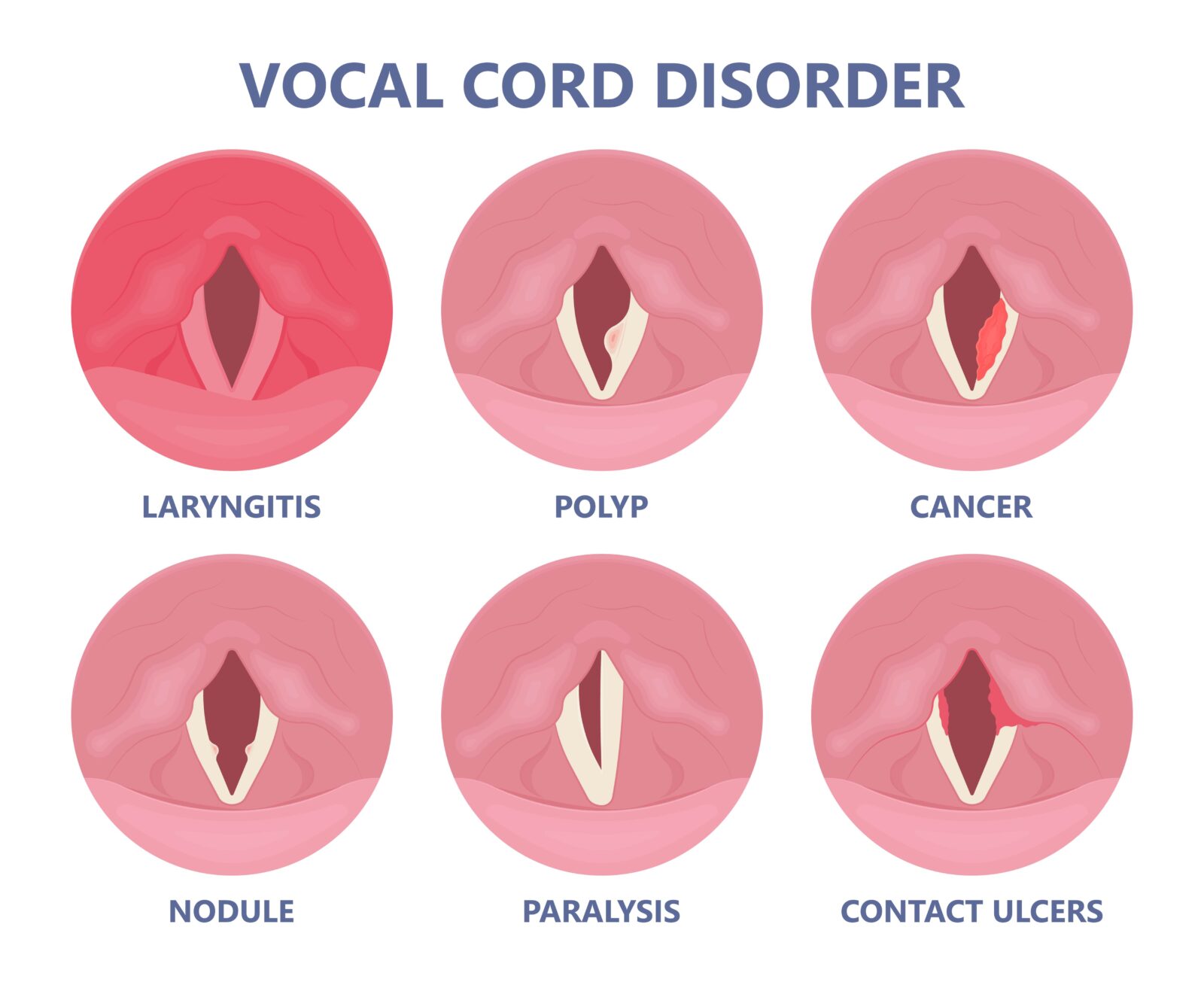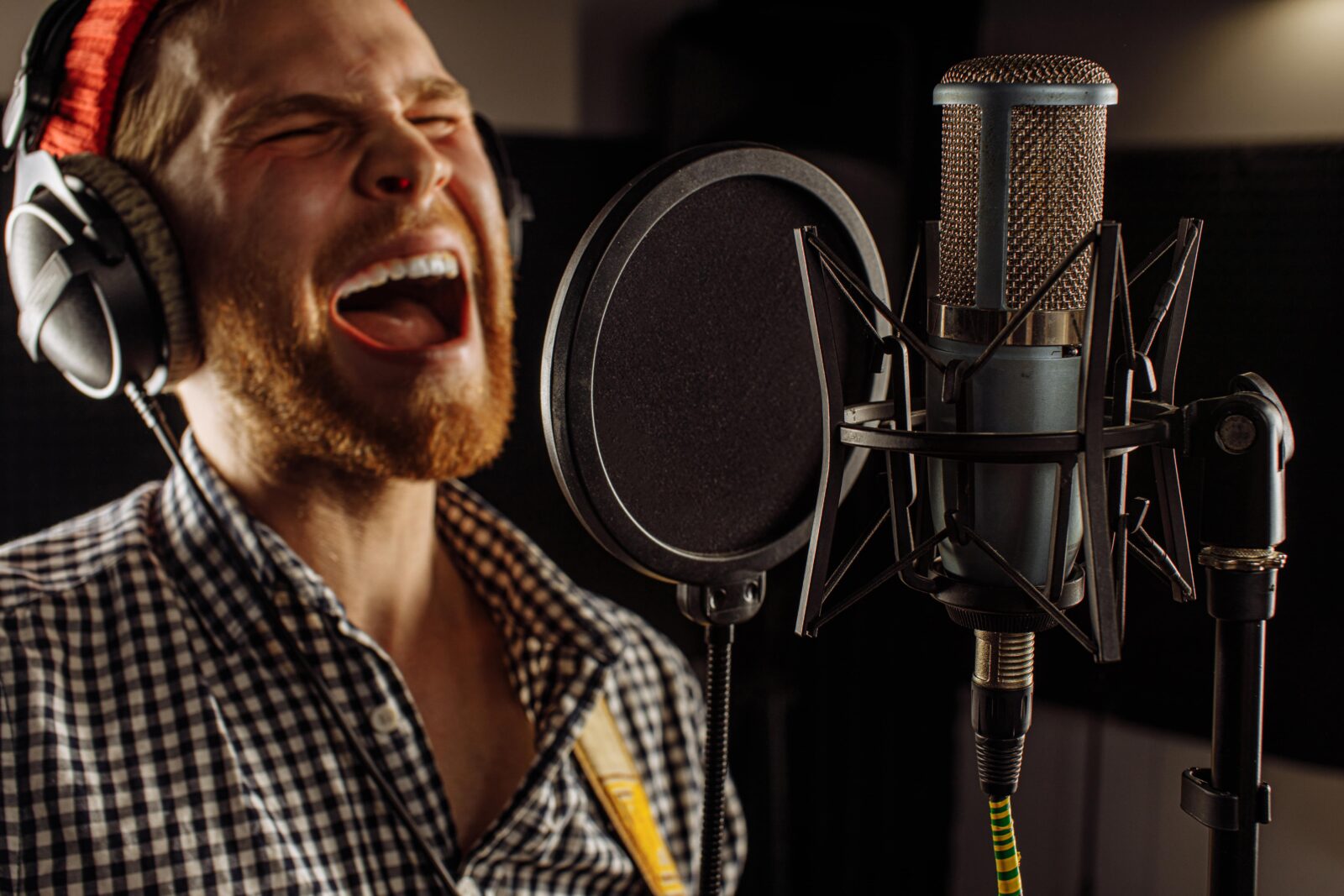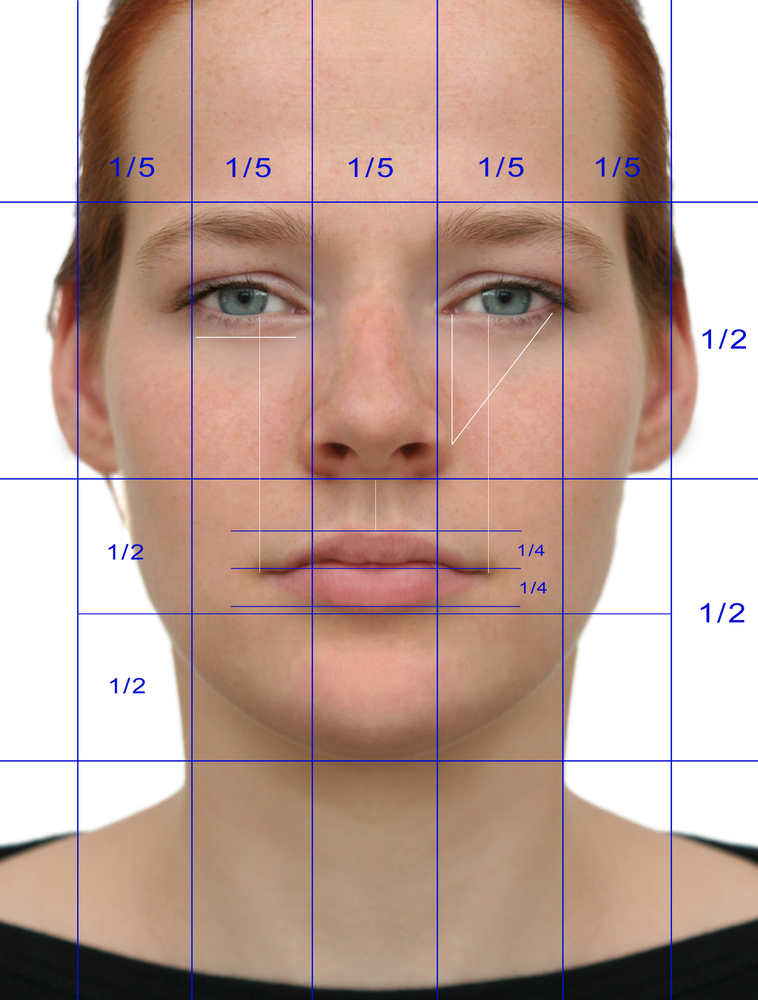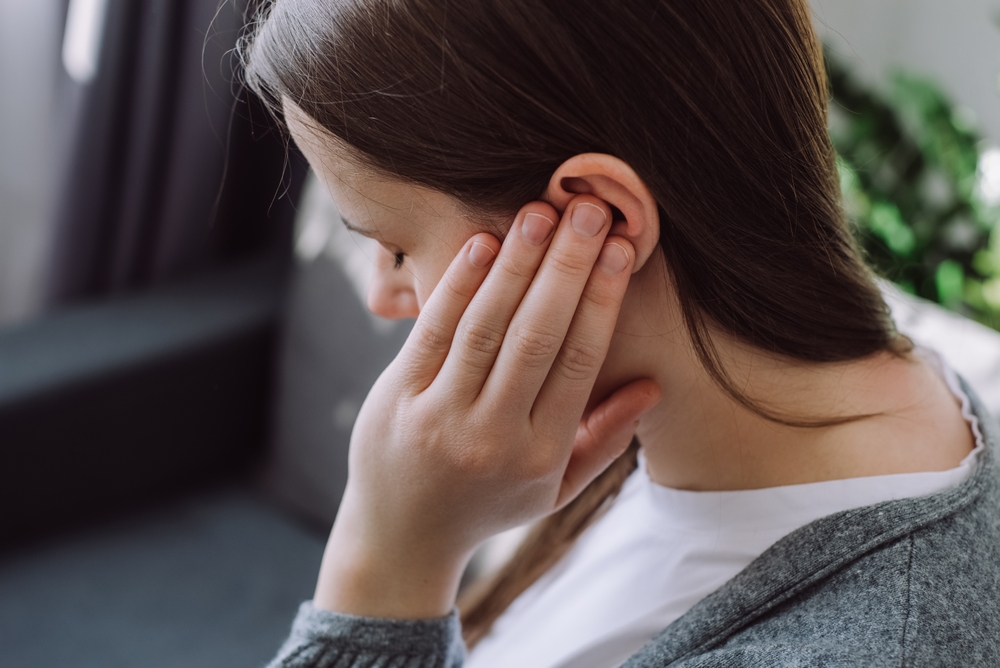Vocal cord dysfunction (VCD) is a condition that occurs when the vocal cords do not function correctly, leading to breathing difficulties, hoarseness, and other symptoms. The diagnosis of VCD often involves a laryngoscopy or videostroboscopy procedure, which enables doctors to examine the vocal cords and identify any abnormalities in their structure or movement. Laryngoscopy involves inserting a flexible or rigid tube with a camera attached into the throat, while videostroboscopy uses a special camera to capture slow-motion video images of the vocal cords. Both procedures are effective diagnostic tools, but they differ in their invasiveness, the level of detail provided, and patient experience. In this blog post, we will discuss VCD, laryngoscopy, and videostroboscopy in detail, including their differences and benefits, to help individuals better understand the condition and the diagnostic tools used to diagnose it.
Understanding Vocal Cord Dysfunction

Vocal cord dysfunction is a condition where the vocal cords do not function properly, leading to difficulties in breathing, speaking, and swallowing. Common symptoms of vocal cord dysfunction include coughing, throat tightness, wheezing, and shortness of breath. While vocal cord dysfunction can be caused by various factors, including allergies, acid reflux, and stress, it is essential to diagnose the condition early to ensure prompt treatment. Diagnosing vocal cord dysfunction often involves laryngoscopy or videostroboscopy procedures.
Understanding Laryngoscopy
Laryngoscopy is a procedure that involves inserting a flexible or rigid tube with a camera attached (known as a laryngoscope) through the nose or mouth to examine the larynx and vocal cords. This procedure is commonly used to diagnose vocal cord dysfunction and other conditions that affect the throat and voice box. Laryngoscopy can also be used to remove foreign objects that are lodged in the throat or to perform biopsies.

While laryngoscopy is an effective diagnostic tool, it has several limitations. For instance, the procedure can be uncomfortable for the patient, especially if a rigid laryngoscope is used. Additionally, laryngoscopy only provides a limited view of the vocal cords, making it challenging to diagnose some vocal cord abnormalities accurately.
Understanding Videostroboscopy
Videostroboscopy is another diagnostic procedure used to examine the vocal cords in detail. It involves using a special camera that captures slow-motion video images of the vocal cords in action, allowing the physician to identify any abnormalities in the way they move. Unlike laryngoscopy, videostroboscopy provides a more detailed view of the vocal cords’ structure and function, making it easier to diagnose vocal cord dysfunction accurately.
The procedure involves using a flexible or rigid endoscope that is inserted through the nose or mouth, and the camera captures the vocal cords’ vibrations as they produce sound. The images produced by videostroboscopy can be reviewed in slow-motion and can help identify any abnormalities in the vocal cords’ movement.
The Difference Between Laryngoscopy and Videostroboscopy
While both laryngoscopy and videostroboscopy are effective diagnostic procedures, they differ in several ways. Here’s a table defining and comparing laryngoscopy and videostroboscopy:
| Laryngoscopy | Videostroboscopy | |
| Definition | A medical procedure that uses a scope to examine the larynx. | A specialized form of laryngoscopy that provides detailed images of the vocal cords. |
| Equipment | Uses a flexible or rigid scope with a camera. | Uses a specialized camera that captures slow-motion video of the vocal cords. |
| Invasiveness | Invasive | Non-invasive |
| Patient discomfort | Can be uncomfortable | Less uncomfortable than laryngoscopy |
| Image quality | Limited view of vocal cords | Detailed view of vocal cords |
| Ability to detect subtleties | Limited | More sensitive than laryngoscopy |
| Diagnostic accuracy | Moderate | High |
| Time required for procedure | Short | Longer than laryngoscopy |
| Usefulness for biopsies | Yes | No |
Note: This table is a generalization and may not apply to every specific case. The differences between the procedures may vary based on the specific equipment and techniques used.
In Conclusion
In conclusion, vocal cord dysfunction is a complex condition that can be diagnosed and treated through procedures like laryngoscopy and videostroboscopy. These methods provide detailed images of the vocal cords, enabling medical professionals to identify and treat the underlying issues that cause VCD. It’s crucial to seek treatment from an ear, nose, and throat (ENT) specialist for VCD, as they have the expertise and experience necessary to diagnose and treat the condition effectively. ENTs have access to the latest diagnostic tools and treatments, enabling them to create a personalized treatment plan that meets each patient’s unique needs. If you’re experiencing symptoms of vocal cord dysfunction, it’s essential to consult an ENT to receive the correct diagnosis and treatment to help alleviate your symptoms and improve your quality of life.








